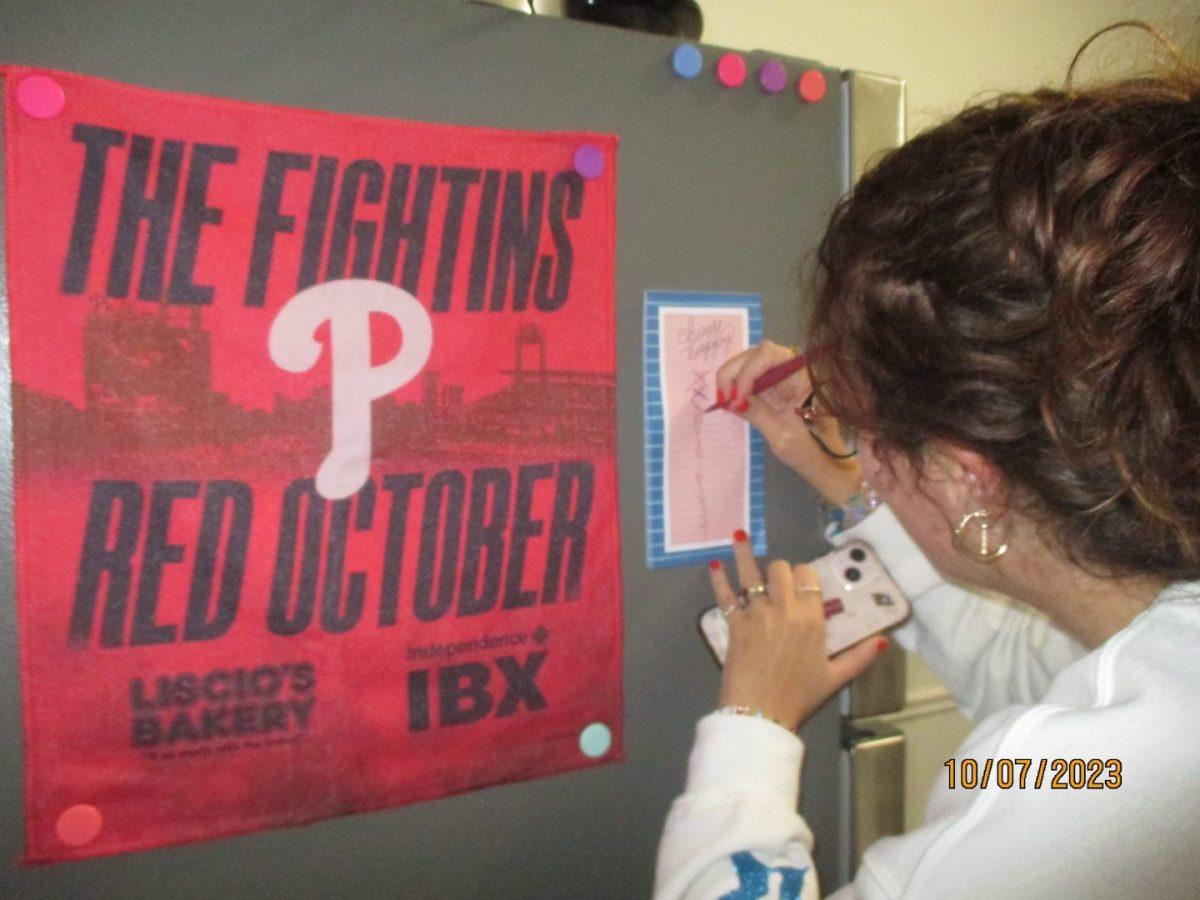University partakes in panelist discussions
“Literacy and Learning Disabilities,” the 38th annual dyslexia conference organized by the Pennsylvania Branch of the International Dyslexia Association (PBIDA), in conjunction with the special education department, was held at Saint Joseph’s University on Oct. 10.
St. Joe’s is one of 25 universities in the country to have master’s programs in special education that are recognized by the International Dyslexia Association [IDA]. This connection with the IDA played a part in allowing St. Joe’s to host the “Literacy and Learning Disabilities” conference.
“It is quite an honor to be asked to host it,” said Cathleen Spinelli, Ph.D., professor of special education and organizer of the conference. “We, as a special education department, [have] a couple of our special education programs [that] are special International Dyslexia Association accreditations, which is very prestigious to have.”
Around 400 people attended the conference, including parents of children with dyslexia, professors, psychologists, and students. The conference aimed to educate future and current teachers of those with dyslexia, as well as to help parents and those with dyslexia deal with its impact on their lives.
The conference, held in Merion Hall and the Cardinal John P. Foley Campus Center, included a keynote address from Hugh Catts, Ph.D. The rest of the conference was split into eight morning sessions and seven afternoon sessions.
Catts is a professor and director of Communication Science and Disorders at Florida State University. In his keynote speech, “Reading Comprehensions is Not a Single Ability: Implications for Assessment and Intervention,” he addressed how reading comprehension is an intricate concept that encompasses more than just one ability.
Will Marsh, ’18, a student who attended the conference, believed the conference to be beneficial for its attendants.
“This could be a parent’s first time they are hearing ‘dyslexia’; it could be an educator’s first time hearing ‘dyslexia’ and realizing their child or student has it,” Marsh said. “Now, they can see the signs of it and they now know what is going on with them.”
Some of the conference’s morning sessions included panels and talks titled, “Advocacy and Demystifying the IEP,” “The Speech–Language Pathologist’s Role in Literacy,” and “Understanding and Promoting Mathematical Fluency in LBLD Students.” Each session included the perspectives of experts and speakers.
Taylor Washington, a soccer player for the Philadelphia Union who was diagnosed with dyslexia in college, offered one of these perspectives. Washington participated in the conference as one of the three young adult panelists for “Beyond the Impact of Reading.”
“Dyslexia can impact more than your reading,” Washington said.
Afternoon sessions included “Using Your Data to Drive Instruction,” “Integrating Spelling, Vocabulary, and Pronunciation,” “Assistive Technology Primer,” and “Beyond the Impact of Reading.”
“Everyone I talked to said it was very successful,” Spinelli said. “They had excellent speakers; there is a committee that chose the speakers. They were all experts. National experts—they weren’t just local experts.” Marsh also saw the conference as a success, particularly in its ability to educate attendants about. “
Not all schools will recognize dyslexia, when in fact one in five people have it,” Marsh said. “So 20 percent of our population has it and we don’t really recognize it. I think a step in that recognition is the US Department of Education [when they] sent out a letter last October to schools saying it was OK to say dyslexia. You don’t have to shush it or dismiss it, because it does exist. We have the science to prove it. That is also a thing we get from the conference, is the sharing of stories and resources.”














































